When it comes to sitting down for a meal, there is no greater feeling of satisfaction then being rewarded with delightful flavours. This is the reason why culinary masters go all out when it comes to perfecting the flavour in their dish, which could result from anything – from adding spices to herbs and more.
In Ayurvedic cooking, taste or rasa plays a very important role. And no, it doesn’t just have to do with making a dish delicious, but also delving deep into how all the ingredients put together can benefit your body and its well-being. Each ingredient has unique properties and it finds ways to make the most out of those benefits.
Herbs, the flavour boosters, have long held a prized spot in the kitchens. They still continue to be the magic ingredient used by many cooks to transform an ordinary dish into a memorable treat. They just never fail to impress. You can use them in a number of ways – as sprigs, chopped and mixed with other ingredients, or made into a paste and then used in marinades, curries, etc.
[wp_ad_camp_1]
We bring you a round-up of 5 Ayurvedic herbs that are known for their signature flavour and health benefiting properties, and how you can use them in the kitchen –
Curry Leaves
The pride and glory of South Indian cuisine, curry leaves are extensively used in spicy meat-based stir-fries, sambhar, rasam, upma, dosa filling and chutneys, among others. The rest of the Subcontinent also uses it as tadka for dals. Its sharp flavour works wonders to lend character to a dish, and it teams very well with spices, especially black pepper. Just fry it in a little oil to extract the aroma and then use it to prepare your dishes.
Curry leaves are packed with fibre, essential vitamins and minerals, anti-oxidants and anti-bacterial agents. They are good for keeping a check on blood sugar levels and cholesterol, and also known to treat anaemia.
Bay Leaves
This aromatic leaf is widely known for its medicinal properties. In the kitchen, it is mainly used to tune up the flavour in dals, curries, biryani, rajma, chole, etc. The leaves are commonly available in the dried form. They are added to the dishes and left to simmer for an hour or so to extract its flavour, which otherwise is very mild. They are often discarded once the dish is ready as they are not meant for consumption. Fresh leaves are also available and it is said that soaking them in water for a few hours and then drinking the water early morning could help keep a check on blood sugar level.
Bay leaves have a mildly sweet flavour, similar to that of cinnamon. It may not be as prominent as other herbs, but it plays a significant role in developing underlying flavours in a dish. They contain powerful anti-oxidants and are believed to help prevent cancer and kidney stones.
Pudina
Pudina or mint is one of the most commonly used herbs in the kitchens. It is not just a powerhouse of medical properties, but the distinctive flavour lends to creating some spectacular dishes. In most Indian households, pudina chutney is the popular condiment that accompanies almost every meal – from teaming it with parathas for breakfast, having it with rice and dal for lunch, to dipping those deep-fried snacks in them or using it to make sandwiches. The refreshing flavour of mint also makes it the obvious choice to shake juices during summers. It is also extensively used in marinades in curries.
Holy Basil
Unlike the Italian or the Thai variants, the Indian basil is milder in flavour but is used to prepare a few dishes where it lends a peppery zing such as in soups and stir-fries. It is not without reason that this herb is considered holy. In Ayurveda, it is known for its healing properties and used to treat a number of ailments – from fever, common cough and cold to respiratory disorder, heart disease, stress, skin infection, headaches, etc. A cup of freshly brewed tulsi tea is believed to heal many diseases, boosting your immunity and providing you energy to carry out various tasks.
Methi
Methi or fenugreek is another herb that is common in the Indian kitchen, but not all are fans of its bitter flavour. It is used in dal, curries, stir-fries and also as a filling in parathas. A popular dish in most Indian households is Methi Aloo, where the sweetness of the tuber and the bitter flavour of the greens pair beautifully to create a delightful treat. The Gujarati thepla is another popular dish which is flatbread made with wheat flour, gram flour and methi leaves. It is usually eaten with chilli pickle. The trick to using methi leaves is balancing its flavour with the other ingredients. Both the dried and the fresh leaves are used in the preparation of the dishes.
Methi helps keep a check on cholesterol and prevents the risk of heart disease and diabetes. It is rich in fibre, anti-oxidants, vitamins and minerals, and aids in digestion. It is said that one teaspoon of methi seeds in the food can prevent acid reflux.

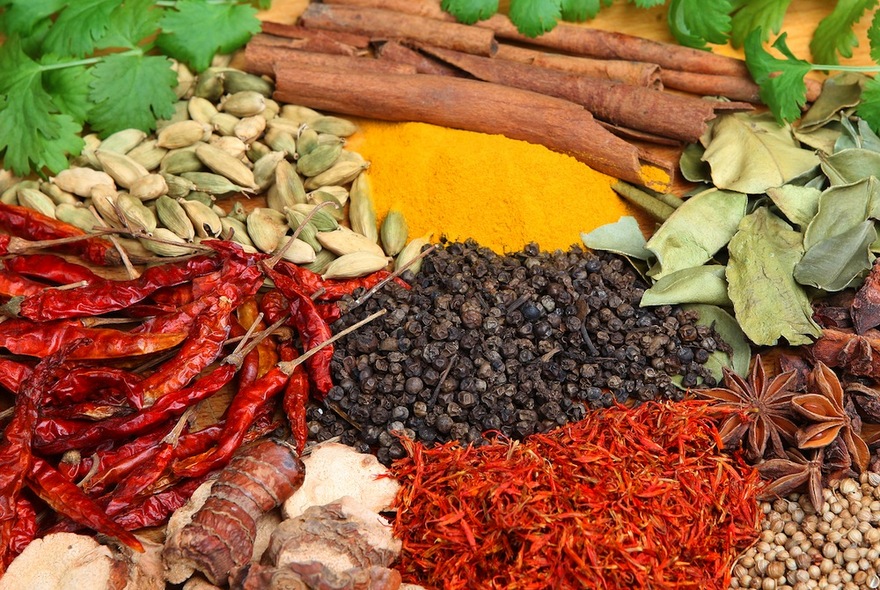
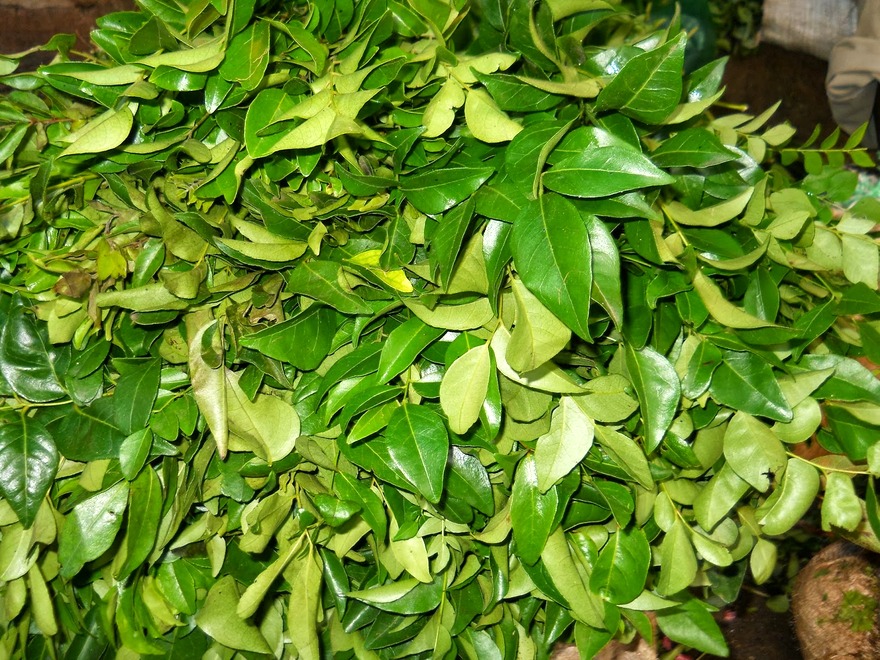
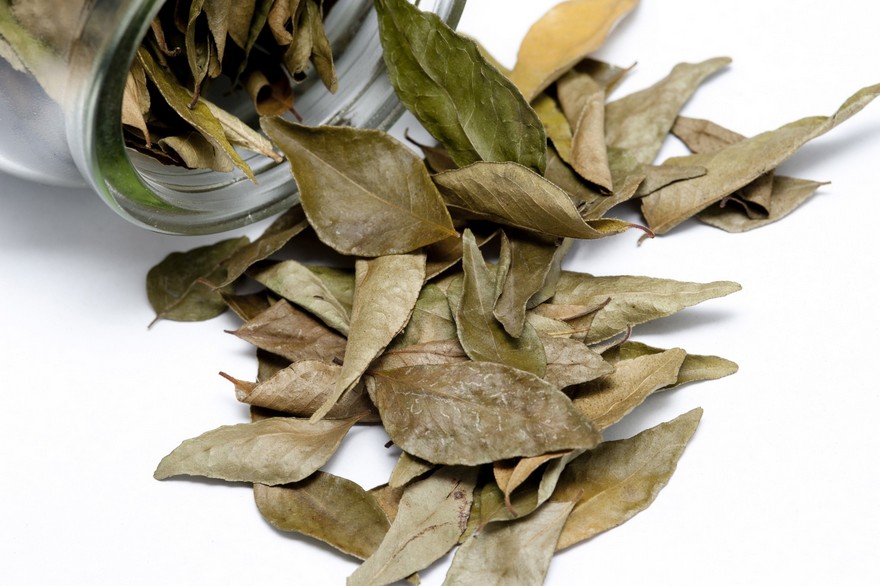

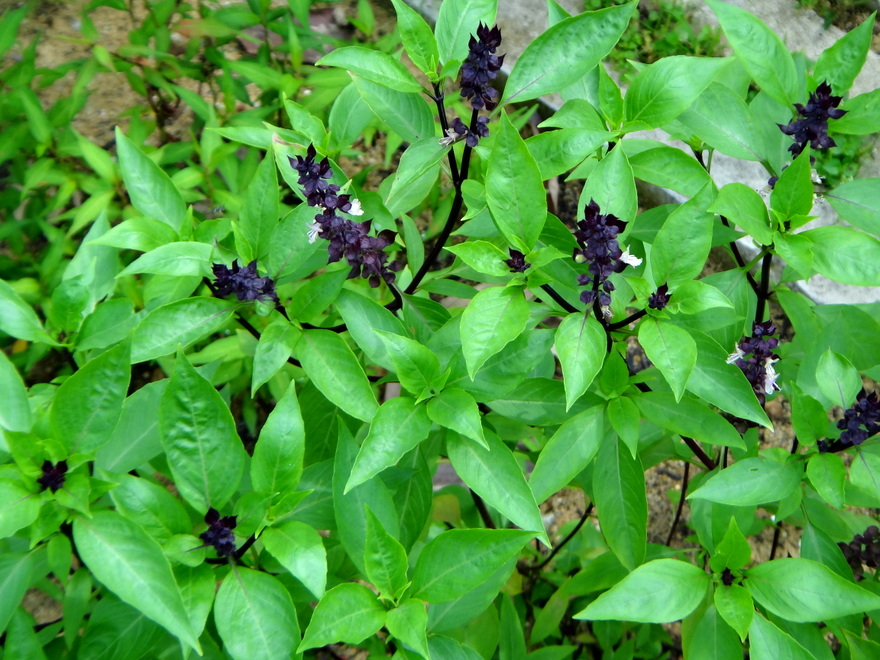
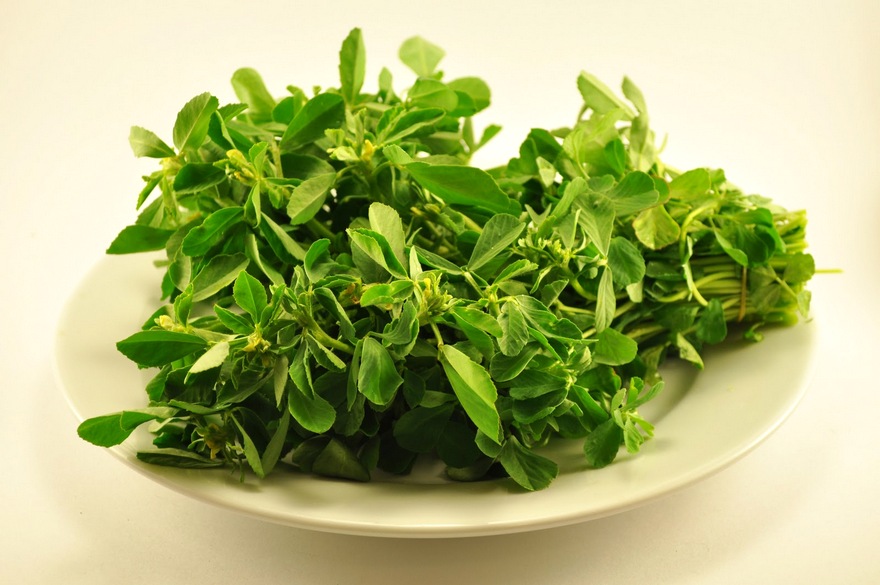


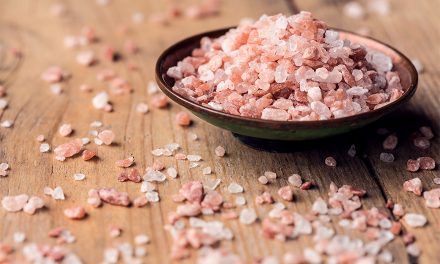





You publish a very helpful topics for good health. Every day I read it, and try to maintain it . thanks you all.
The articles delivered by the India Divine website are extremely educational and enlightening. The provide rare and significant insights and contribution on the original attributes of India’s natural gifts in various walks of life.
Thank you for the informative article. For the followers of His Divine Grace Srila AC Bhaktivedanta Swami Srila Prabhupada, one can note that His Divine Grace instructed the devotees that Holy Basil or Srimate Tulasi Devi is a pure devotee of Lord Krishna and Her leaves should not be cooked in preparations for offerings. She can only be offered uncooked; placed on top of food offerings, placed at His lotus feet or strung in garlands for worship of Sri Vishnu tattva. She cannot be offered to the Spiritual Master or Srimate Radharani except to be offered by Them to the Lord or as His Prasadam. Her offered leaves cannot be made into a tea and we should not take Her for medicine; we can simply honor by eating Her offered, uncooked leaves as Prasadam.
“Serving Trees Such as the Tulasi:
In the Skanda Purana there is a statement praising the tulasi tree as follows: “Let me offer my respectful obeisances unto the tulasi tree, which can immediately vanquish volumes of sinful activities. Simply by seeing or touching this tree one can become relieved from all distresses and diseases. Simply by offering obeisances to and pouring water on the tulasi tree, one can become freed from the fear of being sent to the court of Yamaraja [the King of death, who punishes the sinful]. If someone sows a tulasi tree somewhere, certainly he becomes devoted to Lord Krishna. And when the tulasi leaves are offered in devotion at the lotus feet of Krishna, there is the full development of love of Godhead.” Nectar of Devotion, Chapter 11 by His Divine Grace Srila AC Bhaktivedanta Swami Srila Prabhupada. Hare Krishna.
DEAR SIR, I AM VIEWING YOUR INFORMITIVE AND VERY HELPFUL TOPICS WHICH IS MORE AND MORE IMPORTANT INFORMATIONS FOR DAY TO DAY HUMAN LIFE AND THIS TREASURE IS VERY PRECIOUS ONE. EVERY DAY I READ IT WITH HUMBLE FERVOUR AND TRY TO MAINTAIN IT FOR MY DAY TO DAY DAILY ACTIVITIES. TYHANK YOU IN ANTICIPATION. WITH REGARDS, (B.K.RAMADAS.)
We are greatful for all the information about health and Hinduism. Hope every person subscribe to this site and make use of the very valuable information from this site.
Very useful article on common herbs . All your articles are simple to understand useful in day to day life and educative .
U r helping humanity,god bless ur research workers KINDLY guide about itching all over body,is it pit ?pl suggest remedies
Homely remedies with available herbs in kitchen are nicely described. Mostly we can utilize these tips and prevent certain diseases such as diabetes and hyper tension other routine seasonal diseases such as fever cough and cold. So all the readers may be benefitted with these ayurveda articles.